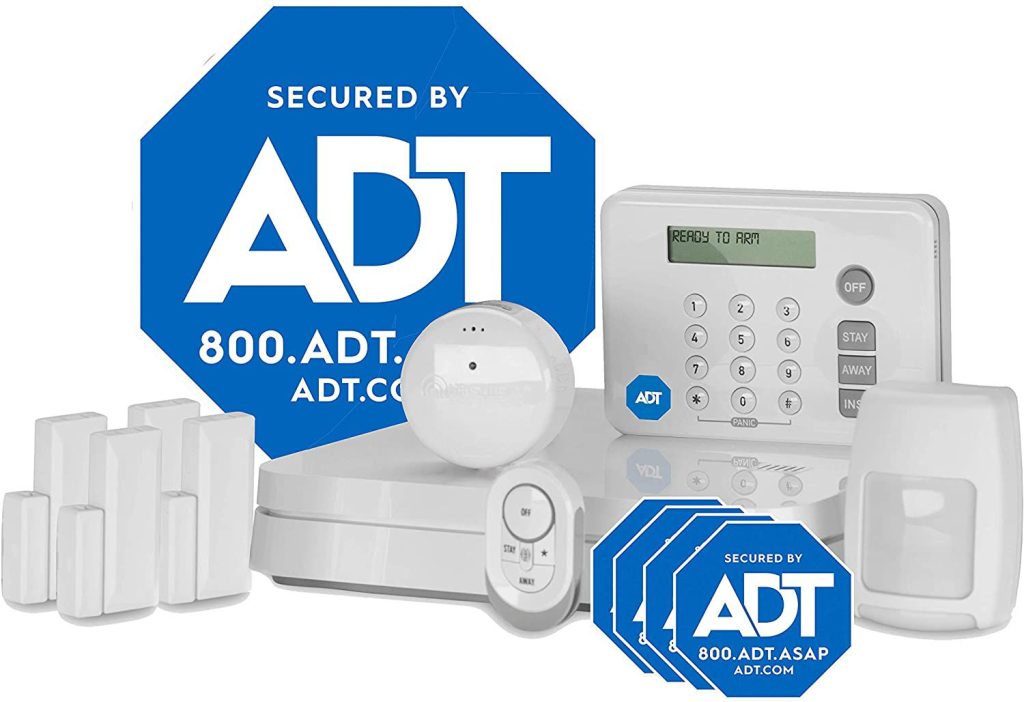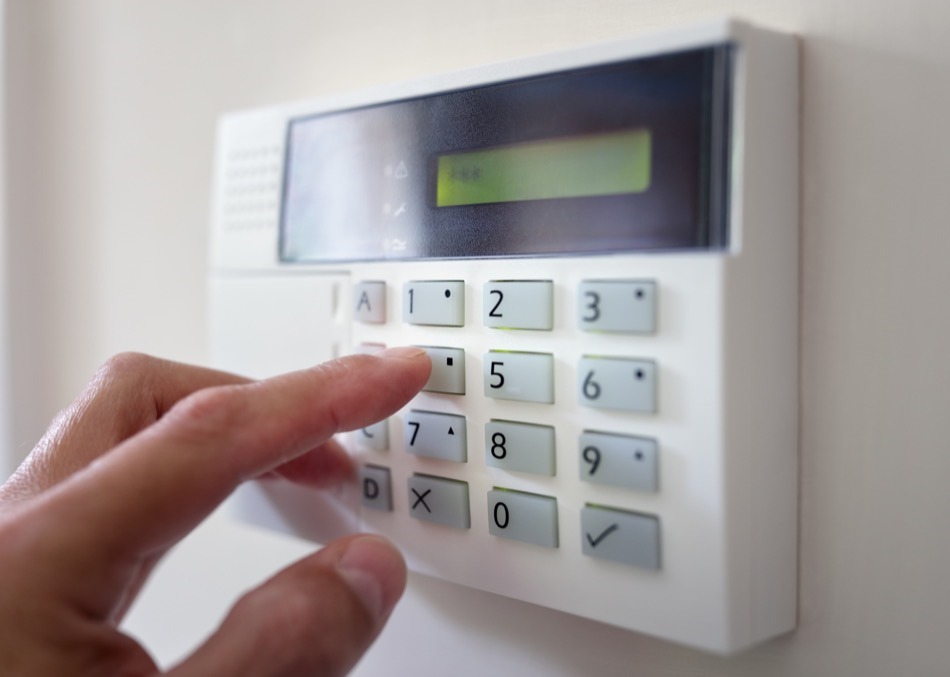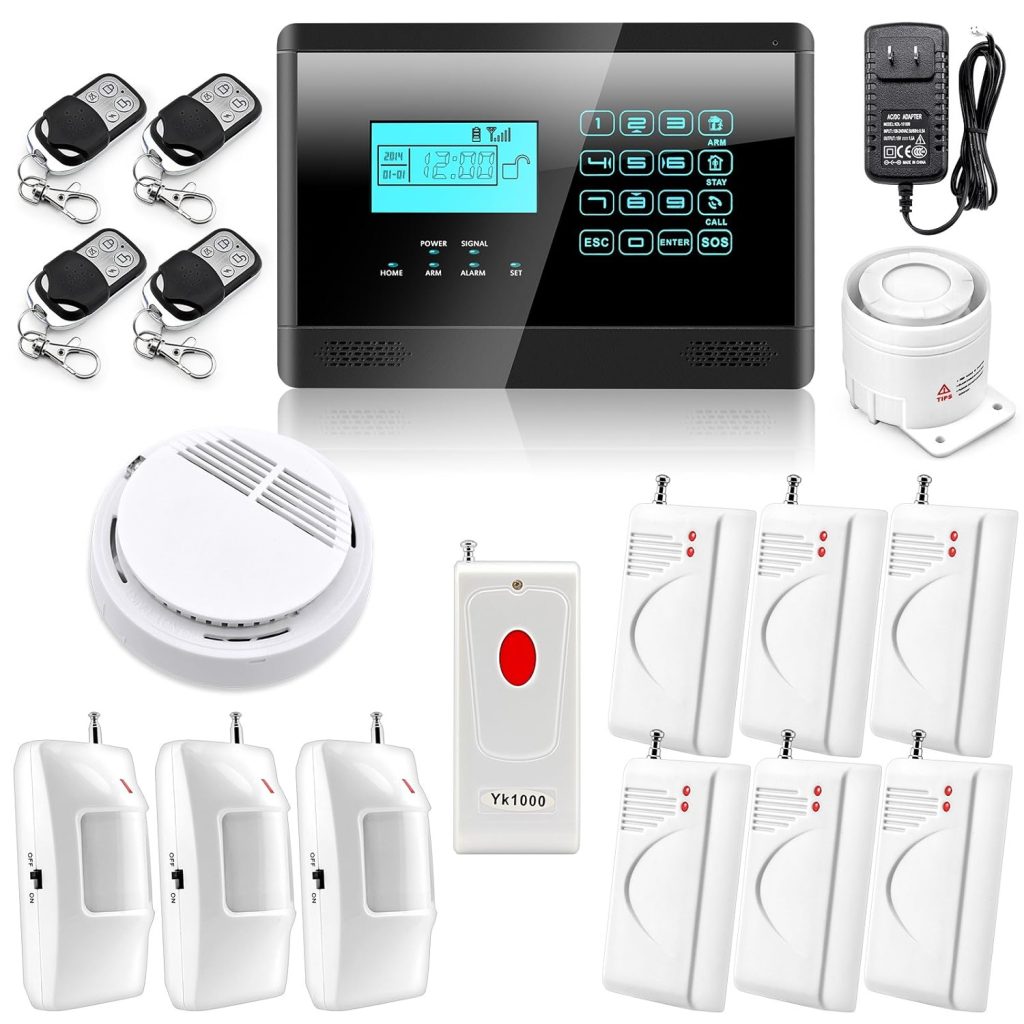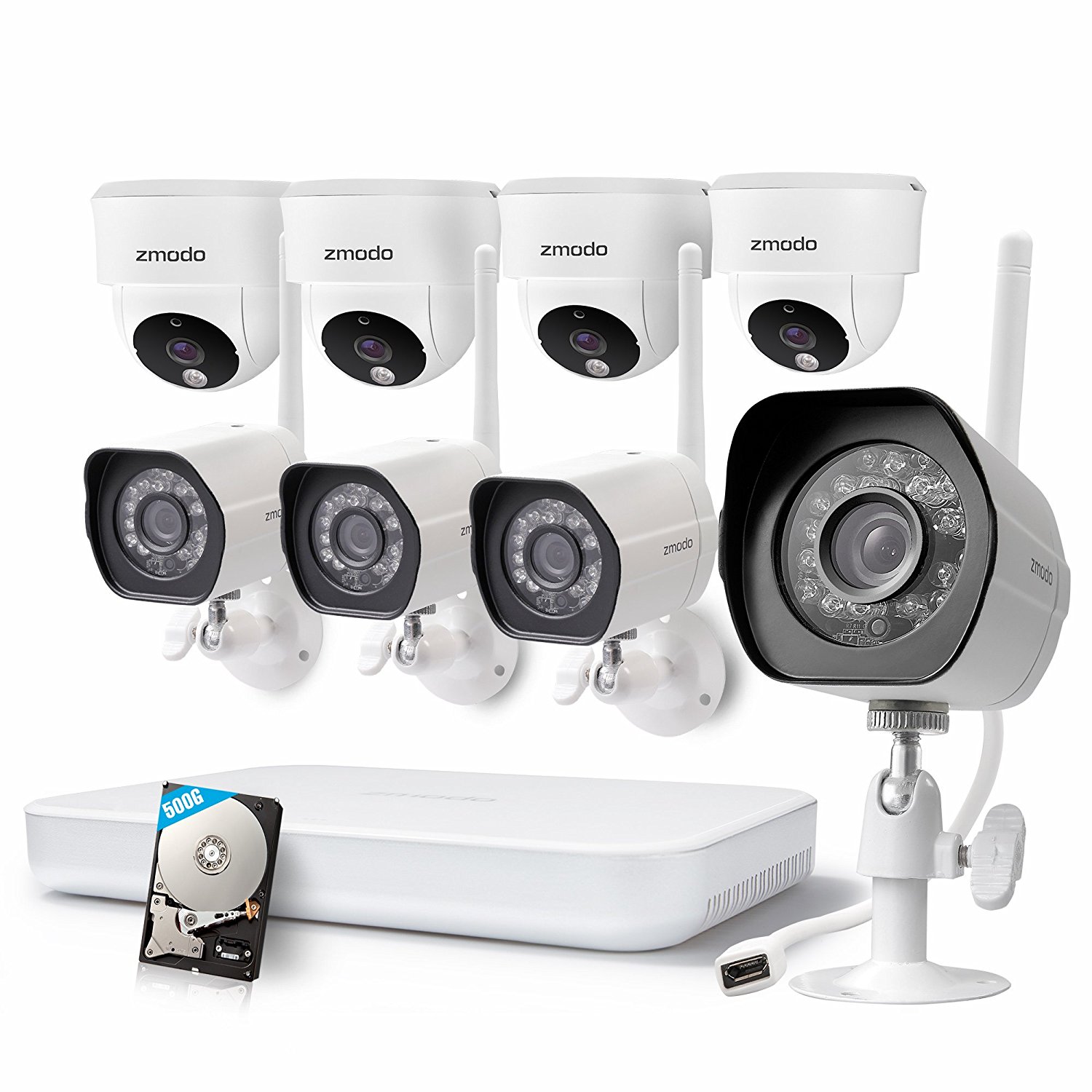I. Introduction

A. Importance of home security
Home security plays a crucial role in safeguarding our homes, possessions, and loved ones from potential threats such as theft, vandalism, and unauthorized entry. It provides peace of mind, knowing that our homes are protected even when we are away.
B. Purpose of the article
The purpose of this article is to guide readers in maximizing the effectiveness of their home security systems. By understanding the different types of home security systems, debunking common misconceptions, and implementing various strategies, homeowners can enhance the overall security of their properties.
II. Understanding the Types of Home Security Systems
A. Wired Security Systems
- Components and features
Wired security systems consist of a control panel, sensors, cameras, and a wired connection between these components. They are typically installed during construction or renovation and require professional installation.
- Advantages and limitations
Wired security systems offer reliable and stable connectivity, as they are not susceptible to interference. They also tend to have more extensive coverage and capacity for expansion. However, their installation can be invasive and time-consuming, and they may require additional maintenance or alterations.
B. Wireless Security Systems

- Components and features
Wireless security systems utilize wireless technology to connect the various components, including sensors, cameras, and the control panel. They are easy to install and can be either professional or do-it-yourself (DIY) installations.
- Advantages and limitations
Wireless security systems offer flexibility and convenience as they require minimal installation time and can be easily relocated or expanded. They are also less prone to disruption from power outages. However, wireless systems may be more vulnerable to interference, and their range can be limited depending on the layout and construction of the home.
C. Smart Home Security Systems
- Components and features
Smart home security systems integrate with home automation technology, enabling homeowners to control and monitor their security system remotely using smartphones or other connected devices. These systems may include features such as video doorbells, smart locks, and motion sensors.
- Advantages and limitations
Smart home security systems provide advanced connectivity, convenient remote control, and integration with other smart devices. They offer flexibility and customization options, allowing homeowners to tailor their security system to their specific needs. However, they may require a stable internet connection and can be more susceptible to cyber threats.
III. Debunking Common Misconceptions about Home Security Systems

A. Myth 1: Home Security Systems are Expensive and Complex
- Exploring cost-effective options and payment plans
Contrary to popular belief, home security systems come in various price ranges and can be customized based on individual budgets. Many providers offer flexible payment plans, allowing homeowners to pay for the system over time.
- Simplifying installation and usability
Modern home security systems are designed to be user-friendly, with simplified installation processes and intuitive interfaces. Many DIY wireless systems can be easily installed by homeowners themselves, eliminating the need for professional installation costs.
B. Myth 2: Home Security Systems are Prone to False Alarms
- Understanding the causes of false alarms
False alarms may occur due to user error, system malfunctions, or environmental factors. By understanding the common causes, such as improper system operation or sensor sensitivity, homeowners can take preventative measures to minimize false alarms.
- Discussing prevention measures and user responsibility
To prevent false alarms, homeowners should educate themselves and their family members on proper system operation. Regular maintenance and battery checks should also be performed. Additionally, notifying the alarm monitoring company of any changes, such as pets or renovations, can help avoid unnecessary alerts.
C. Myth 3: Home Security Systems Cannot Prevent All Home Invasions

- Highlighting the benefits of deterrence
While no security system can guarantee complete prevention, they serve as powerful deterrents. Potential intruders are more likely to bypass homes with visible security systems, leading them to seek easier targets.
- Collaborating with additional security measures
To strengthen home security further, homeowners can implement additional measures such as reinforcing physical barriers, utilizing strategic lighting, and engaging in community watch programs. These collaborative efforts greatly reduce the risk of home invasions.
IV. Maximizing the Effectiveness of Home Security Systems
A. Choosing the Right System for Your Needs
- Assessing your home and security requirements
When selecting a home security system, it is essential to evaluate your specific needs. Consider factors such as the size of your property, the number of entry points, and any existing vulnerabilities. This assessment will help you determine the level of security required and identify the features that are necessary for your home.
- Researching and selecting a reputable provider
Take the time to research and compare different home security providers. Look for companies with a solid reputation, positive customer reviews, and a range of high-quality products. Consider factors such as the provider’s experience, pricing, customer support, and the availability of customizable options. Choosing a reputable provider will ensure that you receive a reliable and effective home security system.
B. Enhancing Security Measures

- Reinforcing physical security with proper locks and barriers
While a home security system provides overall protection, it is important to reinforce physical security measures as well. Ensure that all doors and windows have quality locks installed correctly. Consider upgrading to deadbolt locks, reinforcing door frames, and using window security film or bars. These physical barriers serve as the first line of defense against intruders.
- Implementing strategic lighting and surveillance
Proper lighting and surveillance are critical in deterring potential intruders. Install outdoor lighting in strategic locations, focusing on entry points, pathways, and vulnerable areas. Motion-activated lights are an effective deterrent, as they illuminate dark areas when triggered. Additionally, consider installing security cameras to monitor your property, recording any suspicious activity, and providing valuable evidence in case of an incident.
C. Promoting a Culture of Home Security
- Educating family members about system operation and emergency protocols
Take the time to educate all members of your household about the home security system. Teach them how to properly arm and disarm the system, use security codes, and operate any additional features. Establish clear emergency protocols, including the steps to take in case of an alarm, fire, or other emergencies. Regularly review and practice these protocols to ensure everyone is prepared and knows how to respond.
- Encouraging neighborhood watch and community engagement
Community involvement can significantly enhance home security. Encourage your neighbors to participate in a neighborhood watch program. Regularly communicate with them about any suspicious activities and share information on how to protect their homes. Forming strong connections within your community creates a supportive network, increasing overall safety and security.
In conclusion, maximizing the effectiveness of home security systems requires a thoughtful and proactive approach. By choosing the right system, reinforcing physical security measures, and promoting a culture of home security, you can create a comprehensive defense against potential threats. Remember, home security is a collective effort that involves technology, physical barriers, and an engaged community. By implementing these measures, you can greatly increase the safety and security of your home and loved ones.


